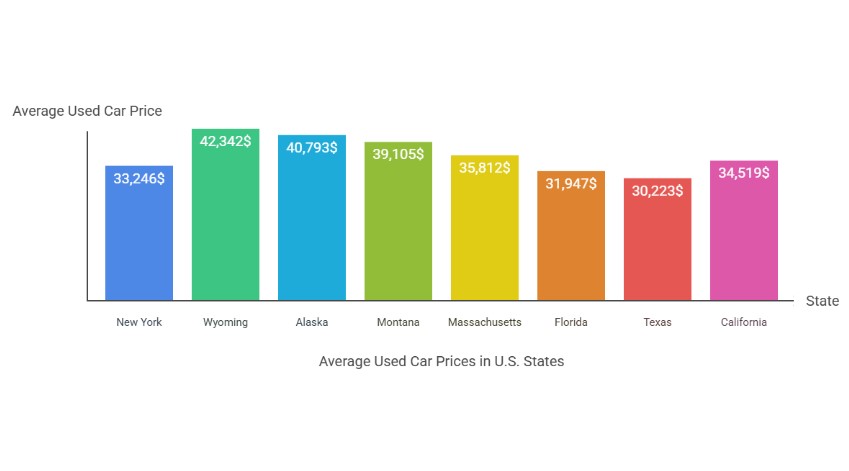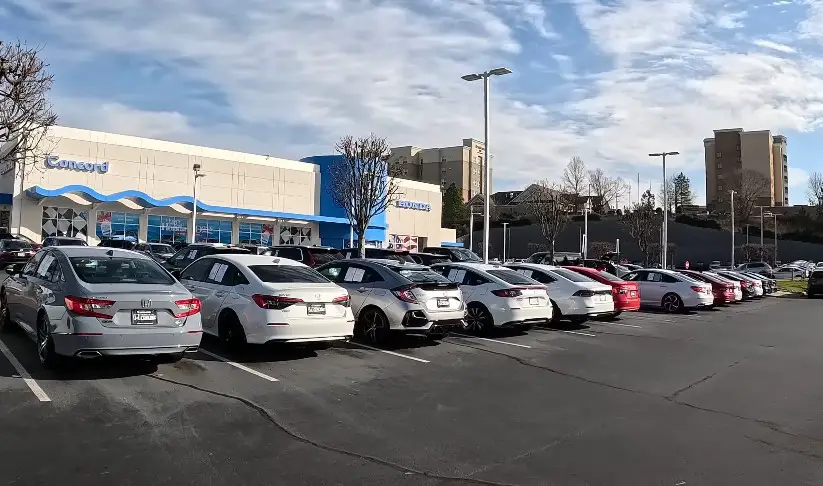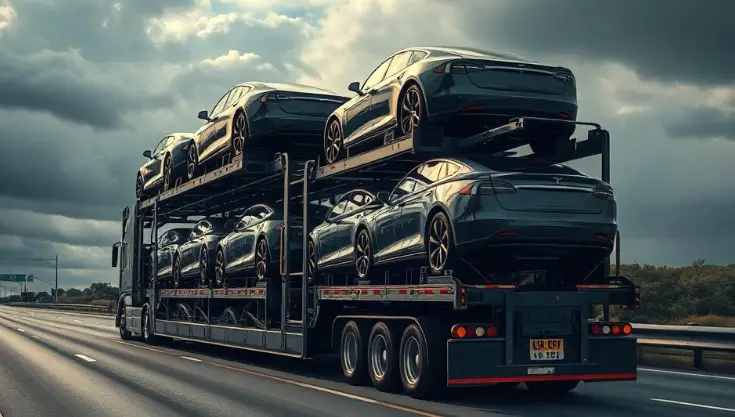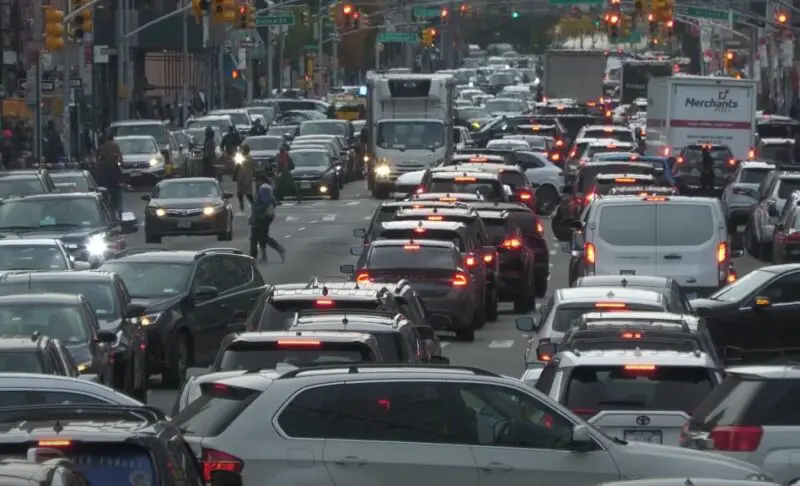Let’s not beat around the bush—used cars in New York are not more expensive than in any other U.S. state. Recent data indicate that the average price of a used car in New York is approximately $33,246.
That’s higher than the national average (approximately $28,000–$30,000, depending on the source), but still lower than in states like Wyoming and Alaska, where prices can soar well over $40,000. So, if you’re in New York and eyeing a pre-owned vehicle, you’re not in the priciest part of the country, though you’re not at the bargain basement either.
New York’s Used Car Market: High Demand, But Not Sky-High Prices

New York is a unique market. It’s a state with both dense urban areas like New York City and vast rural stretches in upstate regions. This duality creates some fascinating dynamics in used car pricing.
On the one hand, urban centers like NYC have lower rates of car ownership compared to rural areas. Thanks to public transit options like the subway and buses, many residents don’t rely heavily on personal vehicles. This means a steady turnover of used cars as people leave the city, move in, or upgrade. On the other hand, high demand in suburban and rural areas, where public transportation options dwindle, balances this out.
As you can see, New York sits in the middle of the pack, higher than states like Texas and Florida but lower than the rural-heavy states where vehicle turnover is slower and logistics can make used cars pricier.
Why Do Prices Vary Regionally?

Several factors influence why used car prices swing so widely across states:
1. Vehicle Turnover and Demand
In New York’s cities, people often lease vehicles or replace them more frequently, keeping a steady stream of relatively new used cars on the market. Compare that to Wyoming or Alaska, where lower population densities and longer distances between towns mean fewer cars change hands. Fewer options drive prices up.
2. Public Transport Availability
The extensive subway, bus, and commuter rail systems in New York reduce reliance on personal vehicles, softening demand in city centers. In states like Montana or Alaska, with sparse public transit, cars are a necessity, which can push prices up.
3. Insurance Costs
New York’s insurance rates are high—often 30–50% above the national average—but this doesn’t directly impact the sticker price of used cars. However, high insurance costs can influence a buyer’s budget, shifting demand toward older, lower-priced models.
4. Regulations and Fees
New York imposes specific taxes and fees on vehicle purchases, such as sales tax (4% state, plus local additions), title fees, and inspection costs. While these add to the overall cost of ownership, they’re consistent enough that buyers factor them in. Contrast this with Alaska, where logistical challenges (think shipping and limited inventory) can add significant markups to the used car price.
5. Supply Chain and Logistics

States with major ports (like California and New York) see more vehicles flowing through, which helps stabilize prices. In contrast, more remote areas—Alaska, Montana—rely on shipping or long-haul transport to supply dealerships, increasing costs and reducing selection.
Another angle to consider, especially if you’re open to more adventurous or budget-conscious options, is the market for salvage cars for sale. Salvage vehicles—those that have been damaged or deemed total losses by insurance but later repaired—can offer significant savings. New York has a robust market for these cars, thanks to its size and the volume of vehicles on the road. While buying a salvage car comes with risks (like hidden damage or lower resale value), it can be an option worth exploring if you’re willing to put in extra due diligence. Comparing New York to High-Priced States Like Wyoming and Alaska
Let’s take a closer look at why states like Wyoming and Alaska often have higher used car prices than New York.
- Wyoming: With its wide-open spaces and small population, vehicle turnover is low. The long distances between towns mean used cars stay in use longer, and local dealerships face less competition. Combine this with harsh weather conditions (which accelerate wear and tear), and you’ve got a market where a dependable used car commands a premium.
- Alaska: Alaska’s logistics are a major cost driver. Vehicles often have to be shipped in, and repair costs are high due to the limited availability of parts and mechanics. Harsh winters also push demand for rugged, well-maintained vehicles, raising prices even further.
How Can You Shop Smart for a Used Car in New York?
Buying a used car in New York—or anywhere—requires a strategic approach. Here are some practical tips to help you get the best deal:
1. Broaden Your Search
Don’t limit yourself to dealerships in NYC or the immediate surroundings. Upstate New York and even nearby states (like New Jersey or Pennsylvania) can offer better deals. Expanding your search radius widens your options and improves negotiating leverage.
2. Check Vehicle History
Always run a Carfax or AutoCheck report to check for accidents, title issues, and service records. In high-turnover markets like New York, you might find newer models with low mileage, but don’t skip this step.
3. Time Your Purchase

Late fall and winter tend to offer better deals as dealerships clear inventory for the new year. Plus, tax season (around April) can bring in more trade-ins, increasing selection.
4. Negotiate Smartly
New York dealers expect negotiation, so come prepared with recent price comparisons. Use online resources like Kelley Blue Book or Edmunds to check what similar models are going for in your area.
5. Factor in Total Costs
Don’t just focus on the price tag. Include taxes, registration, insurance, and inspection fees when budgeting. Also, consider the cost of parking, especially if you’re buying in NYC.
Conclusion
In short, while New York’s used car market carries a reputation for high costs—especially in the city—the data tells a more balanced story. With an average used car price of around $33,246, New York isn’t the cheapest state, but it’s far from the most expensive. Places like Wyoming, Alaska, and Montana regularly post used car prices $5,000–$10,000 higher due to factors like low inventory, high demand, and logistical challenges.
For buyers in New York, the key to success lies in shopping smart. Broaden your search, do your homework on pricing and vehicle history, and be prepared to negotiate. Fleet managers can also benefit from the state’s turnover rates, which bring a steady stream of newer used vehicles into the market.
So, is a used car more expensive in New York than in other states? Not necessarily. With a mix of urban demand and steady supply, New York’s prices are moderate. The real outliers in high prices lie in rural, low-turnover states, not in the Empire State.



